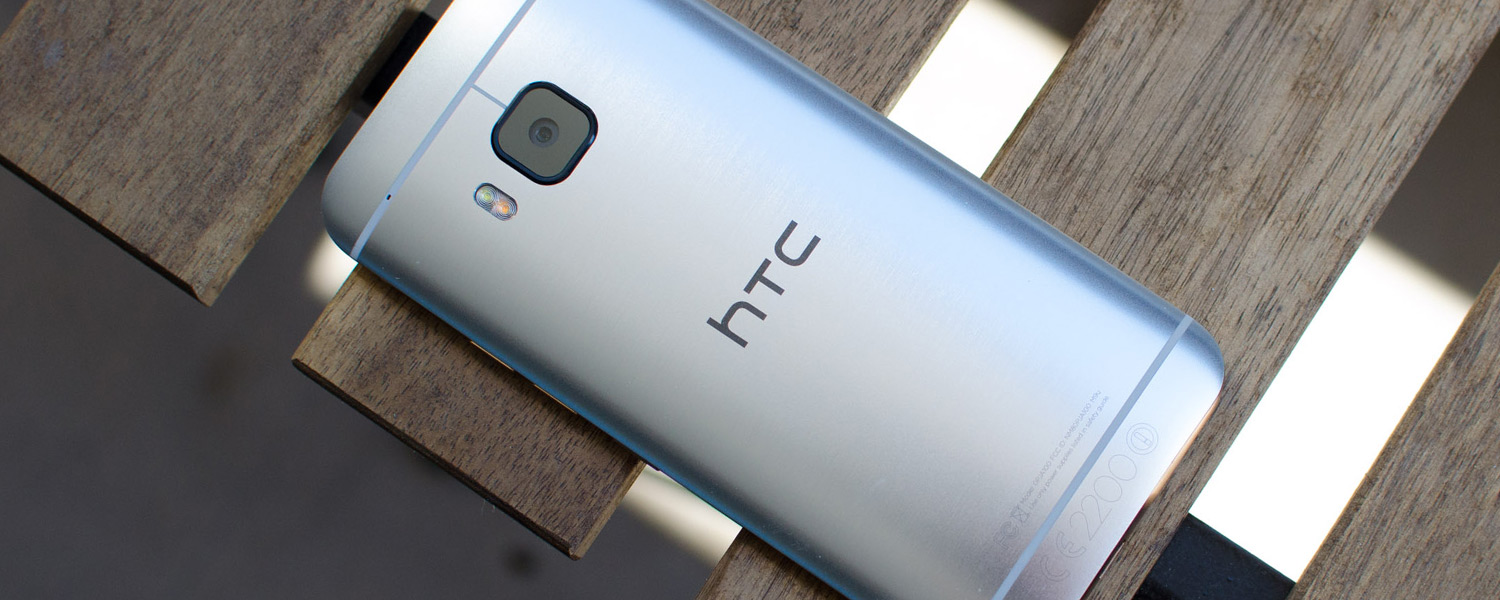Main Camera Quality
The camera is one of the most important aspects of a smartphone, and in the past few years, HTC hasn't nailed it. The Ultrapixel camera used in the One and One M8 was an interesting idea that had its merits, but up against excellent sensors used in Apple and Samsung devices, it just wasn't good enough for a flagship handset.
So with the One M9, HTC has completely changed tune. The OmniVision OV4688 "Ultrapixel" 1/3" sensor has been relegated to the front selfie camera, and it still packs the very same 4-megapixel resolution, 2.0 micron pixels, and f/2.0 27mm lens. Like with the M8, this camera isn't optically stabilized, but its large pixel size will help with selfies in all conditions.
The rear camera is a brand new CMOS sensor from Toshiba, the T4KA7, which is a 1/2.4" 20-megapixel sensor with 1.12-micron pixels. HTC has paired the sensor with an f/2.2 28mm lens, and again there's no OIS, so this camera isn't well suited to low light photography from a spec sheet perspective. However, unlike with the previous Ultrapixel setup, this camera is finally capable of 4K video recording.
Before I take a look at the quality of this camera, it's important to note that HTC rolled out a major operating system update a couple of days before this review went live. The update, version 1.32.710.14, delivered widespread camera processing upgrades, and all the photos you'll see below were captured after I installed this update. You might have seen some camera samples around the web that were taken before this update, and they are noticeably worse than what is delivered in final, retail models.
So how good is the camera? Well, it's a definite improvement over the One M8 camera from a number of standpoints. However, HTC still hasn't quite nailed it, leaving the One M9 camera behind the best of the best in the flagship space.
The most obvious upgrade comes in terms of resolution. The One M9 camera has five times the pixels of the One M8, which makes photos much sharper when downscaling to standard resolutions like 1080p or 1440p. There's also more room for cropping, and now that the camera is larger than 8-megapixels, it can shoot 4K video as well. The lens and post processing algorithms can make images look soft, though this is only really noticeable when viewing full resolution crops.
Quality on the whole has also improved, especially in good conditions. The One M9 has fantastic camera metering, almost always nailing white balance and color tone, regardless of the conditions. This leads to generally great accuracy, although saturation isn't as good as what you get from the best smartphone cameras. In that sense, the One M9 delivers results similar in quality to the Xperia Z3: not always wowing with vibrant colors, but capable of a great shot from time to time.
The Toshiba sensor in the One M9 is slightly behind the Exmor RS sensor in the Xperia Z3 when it comes to contrast and, to a less extent, dynamic range. This leads to some images that look lightly washed out, especially wide shots on sunny days, while shadows are occasionally a minor concern. These problems are less noticeable when using the great HDR mode, which could only be improved if it implemented real-time HDR technology.
The two main issues with the One M8 camera - indoor performance, and cloudy day shots - have been addressed with the One M9. While the M9 doesn't produce the best images in these conditions, and I feel OIS would help in improving the quality of these shots, it's a definite upgrade on previous HTC smartphones. Again, color accuracy and white balance tends to be great here, though I'd like a higher level of saturation.
Low light performance is interesting, as it's the one area where the One M9 camera is a definite downgrade on the M8. This isn't surprising, as the Ultrapixel camera was well suited to night time photos. The One M9's camera is very susceptible to grain and processing artefacts in low light, which is a product of HTC opting for fast shutter speeds to keep images sharp, while color quality is similar to other conditions. Night mode improves the situation somewhat, as it slows down the shutter to let in more light, although this can introduce blur.
















